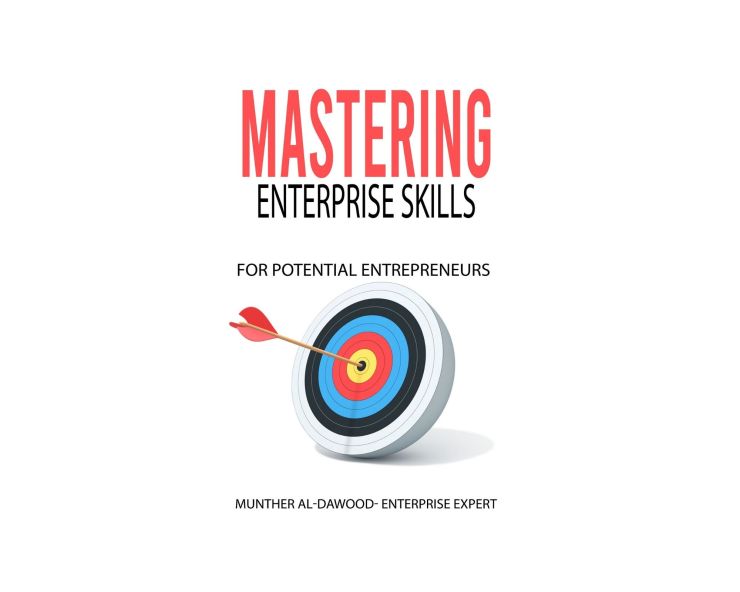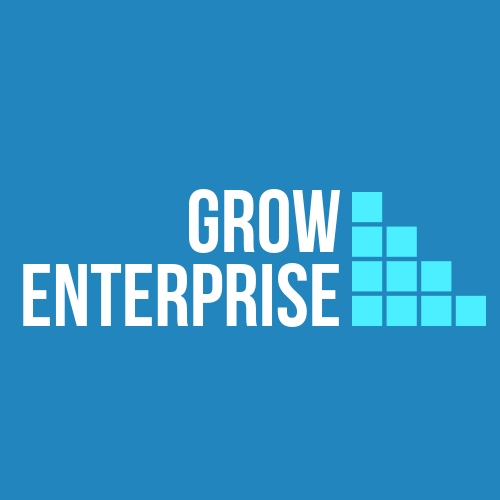Innovation is a creative process that makes new ideas useful, and any manufacturing company needs to improve processes, create unique values and meet customer desires. The Boston Consulting Group defines business innovation as a function of unique knowledge, allocating resources, taking risks, and focusing on customer needs. Innovation can bring several benefits to firms, including increasing market share, reducing costs and selling price, growing sales, creating competitive advantages and more. It can be incremental, i.e. improving the functions or features of a product, or disruptive. Disruptive innovation brings to market a new product or new customers or a cheaper product or these.
Ways for becoming an innovative organization
Many roads lead to innovation, including creating your system, Kaizen approach, research, entrepreneurship, and benchmarking. In creating your system, you will develop policies and procedures to handle innovative activities, hiring competent staff, assigning budget, encouraging the flow of creative ideas within and from outside the organization and leadership. The Kaizen approach is the Japanese concept of improvement and refers to activities that improve functions and involve all the employees in a business. The Kaizen method can apply to the business activities of the firm, such as sales, marketing, managing operations, workforce productivity, improving profitability or purchasing and logistics. By improving standardized programs and operations, Kaizen aims to eliminate waste. Research and development is a scientific approach to solving problems and discovering new products or processes. Entrepreneurship is a way of thinking focuses on creating unique values that customers want. And benchmarking is setting competitive industry standards, against which a firm will monitor its progress and achievement. Recently, lean-start-up approaches have been providing the bases to practice innovation and create unique benefits to customers and enterprises. These approaches, including design thinking, lean start-up, SPRINT on Google, the business model canvas, lean canvas, traction, outcome-driven innovation, growth hackers and more.
The value of innovation
Innovation is successful if it results in a unique solution for a pressing pain or at a modest price, or it dominates and controls the market, or it brings a new product and attracts new customers. The benefit of innovation is unique values for both customers and the business. It can bring solutions to challenges and reduce selling prices. Innovation also brings benefits to the firm by creating commercial gains, strengthening the competitive advantages of a firm and enforcing the market positioning of a firm in a competitive marketplace. Sources of innovation include the market, technology, people and the system. In the market, innovation can bring unique solutions to pressing problems that a large group of customers are facing in the market. And new technology will produce opportunities for innovation. For example, internet technology has created some disruptive businesses such as Google and social media platforms. Talented staff can also be a great source of innovation. Finally, the management system that includes policies, procedures and work instructions, encourages and governs innovations.
Innovation intelligence
It is searching for an innovative concept before investing more resources in developing that innovation further. Innovation intelligence includes searching Intellectual Property (IP), technology and market intelligence. IP intelligence is searching the registered IPs at the allowed IP registration office. Technology intelligence is searching for available technologies that can substitute or complement your innovation opportunity. It also ensures that you have chosen the fittest technology to pursue your innovation opportunity. Market intelligence is searching for the market to ensure that your innovation is desirable to customers and viable.
Validating innovation opportunities
Innovation requires a feasibility study and testing in the marketplace before it becomes successful. Innovation concept must successfully pass the tests of desirability, feasibility and viability. Desirability test examines the customers’ approval of the new product, and feasibility test examines the possibility of transforming an innovative idea. While the viability test examines whether such innovation is profitable. A business owner who wants to validate creative opportunities, can consult a business mentor, investor or expert and seek their advice. Or he/she can observe and talk to potential customers whether they need innovation and will buy it. Or by attending shows or exhibitions to confirm a real demand for such an innovation.
Protection of intellectual property
To register and protect intellectual property including, patent, copyright, brand name and trademark, you can apply to the authorized Intellectual Property Office (IPO) at the target market. In the UK, it is governed by the Copyright, Design and Patents Act, 1988. The intangible assets that require protection are business name, trademark, design, invention, patent and copyright.
Impact of innovation
The following is a brief description of the impact of innovation on your enterprise:
Finance: This includes innovation budget, financial control, auditing, investment appraisal, methods of cost estimation, projections, reporting or R&D.
Sales and marketing: This includes innovation market research, product development, marketing mix, sales, competitive advantages, competition analysis, growing market share, customer segment, reporting or customer development.
Human Resources: This includes innovation recruitment and training, Human-Resources operating system, motivation, staff appraisal, increasing retention rate, increasing staff satisfaction, staff productivity or enforce a corporate culture that supports creativity and innovation.
Operation: This includes innovation production capacity, the layout of the production floor, processes, quality, inventory, efficiency and productivity.
Final note
This article is extracted from my new book- Mastering Enterprise Skills for Potential Entrepreneurs, which can be found on www.amazon.co.uk. If you want to receive more information about the book and our activities, you can register in our newsletter by using this link.

Munther Al-Dawood- Enterprise Expert
Grow Enterprise
www.growenterprise.co.uk
maldawood@growenterprise.co.uk
United Kingdom
Join our newsletter: http://eepurl.com/ggcC29
My author’s page on KDP: amazon.com/author/muntheraldawood
